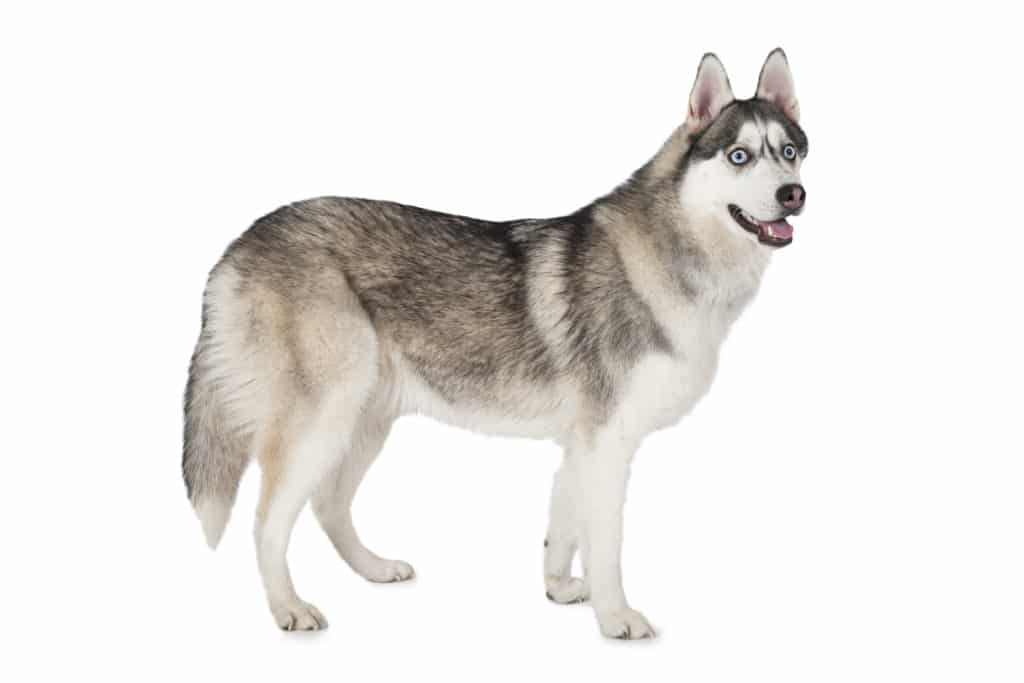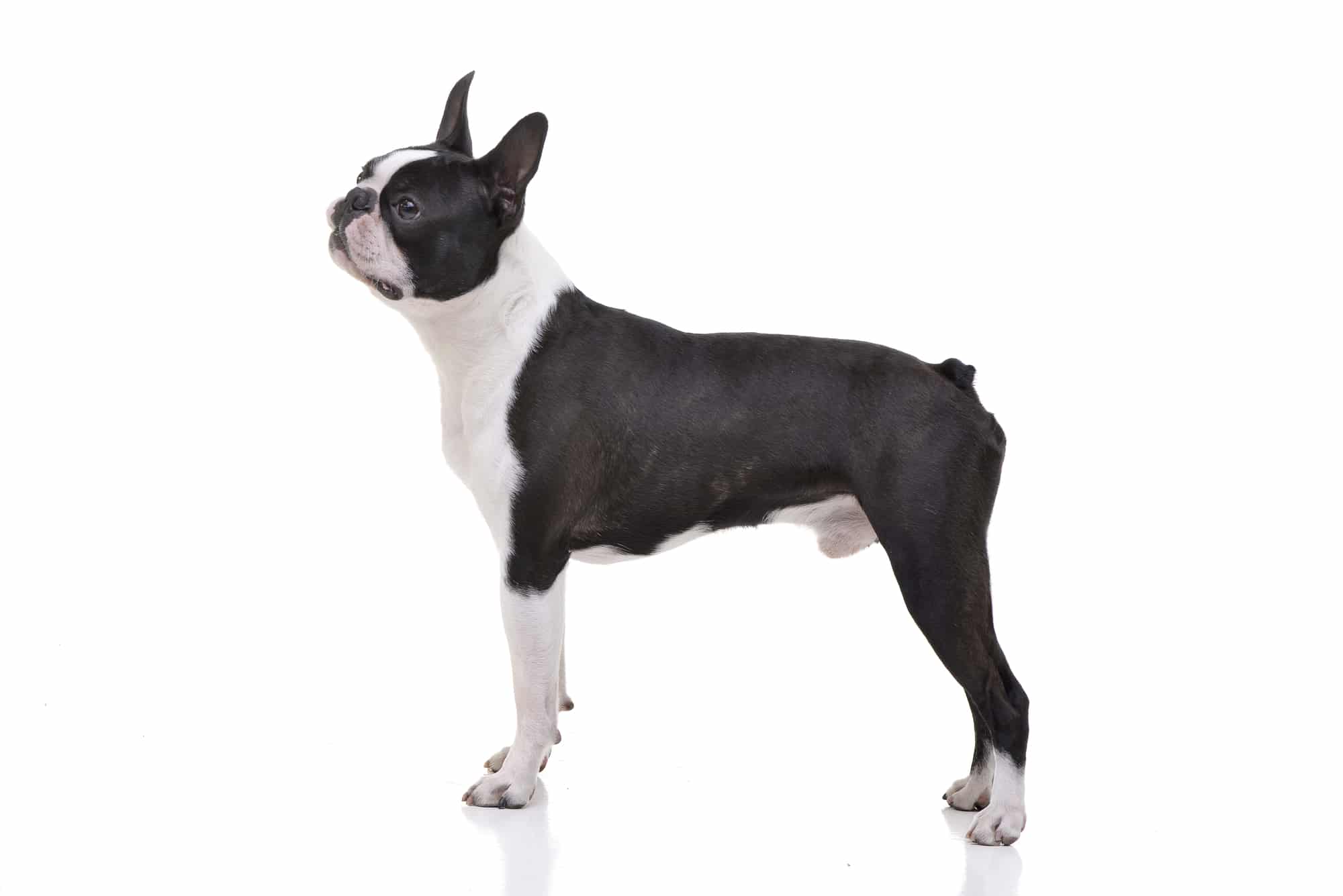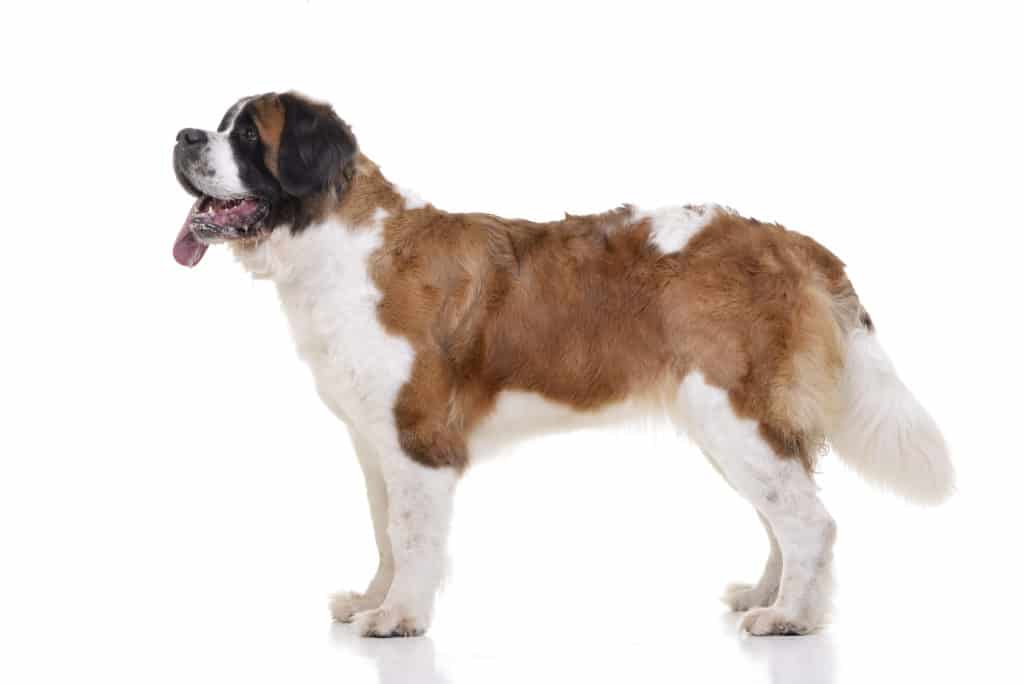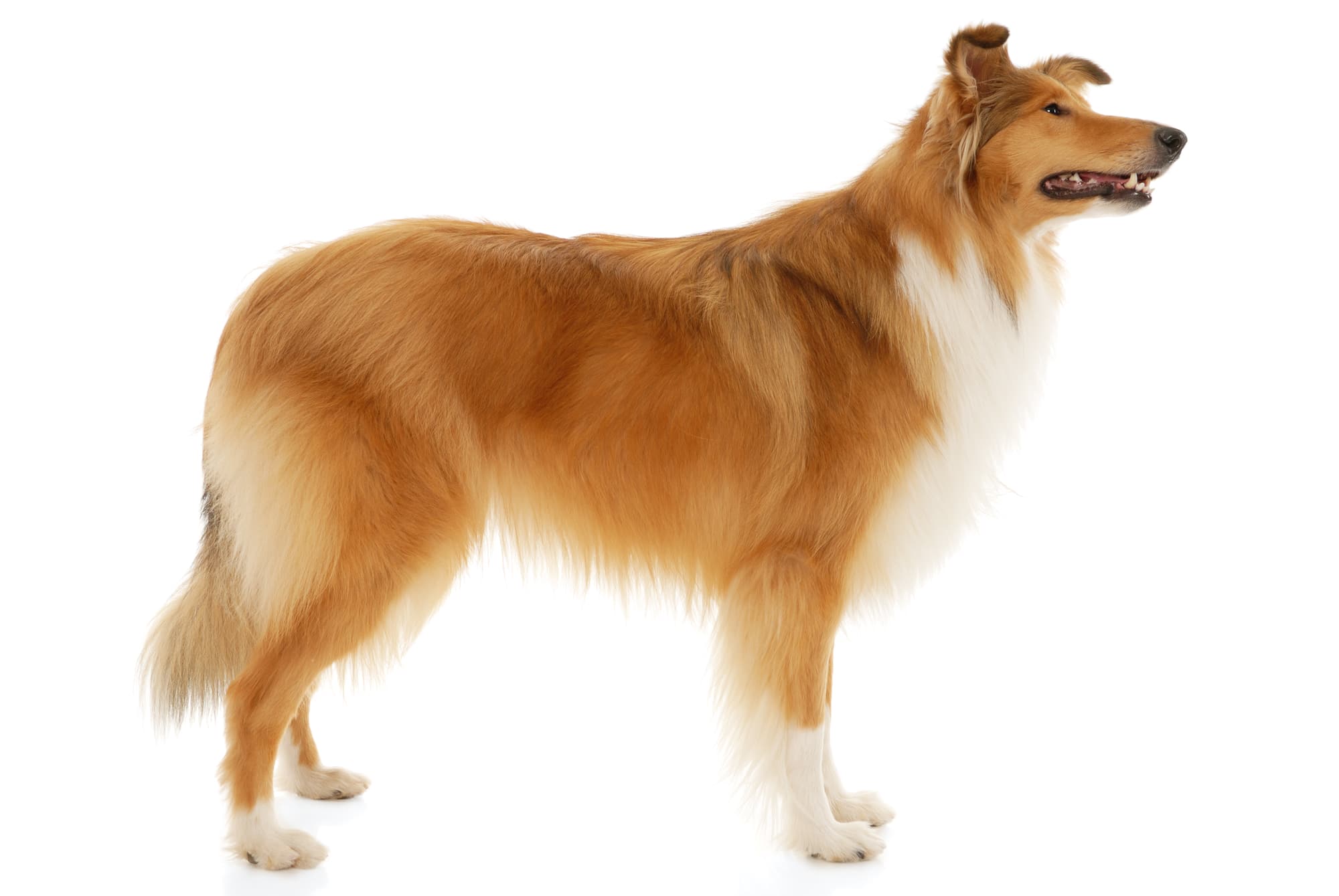Pudelpointer
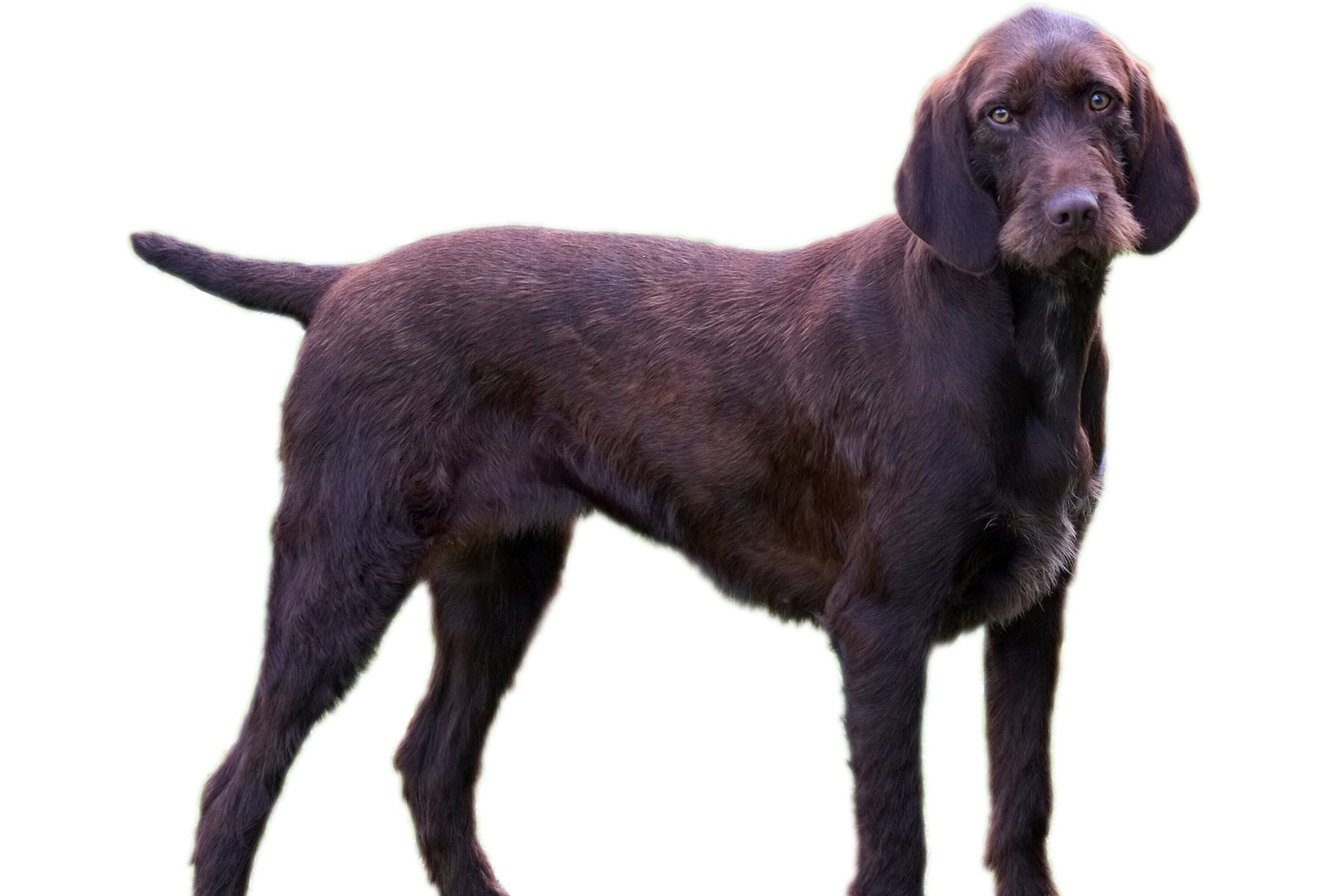
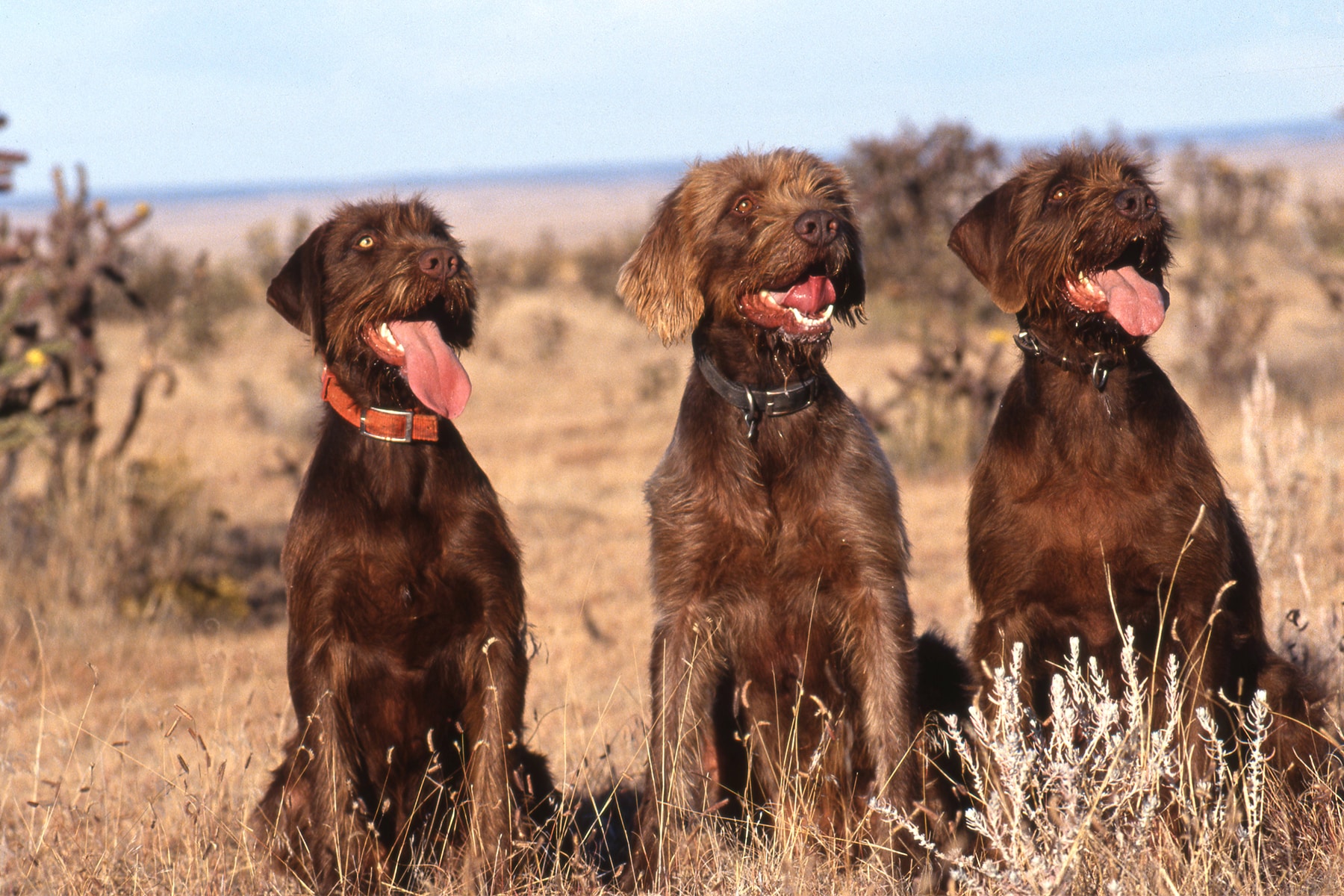
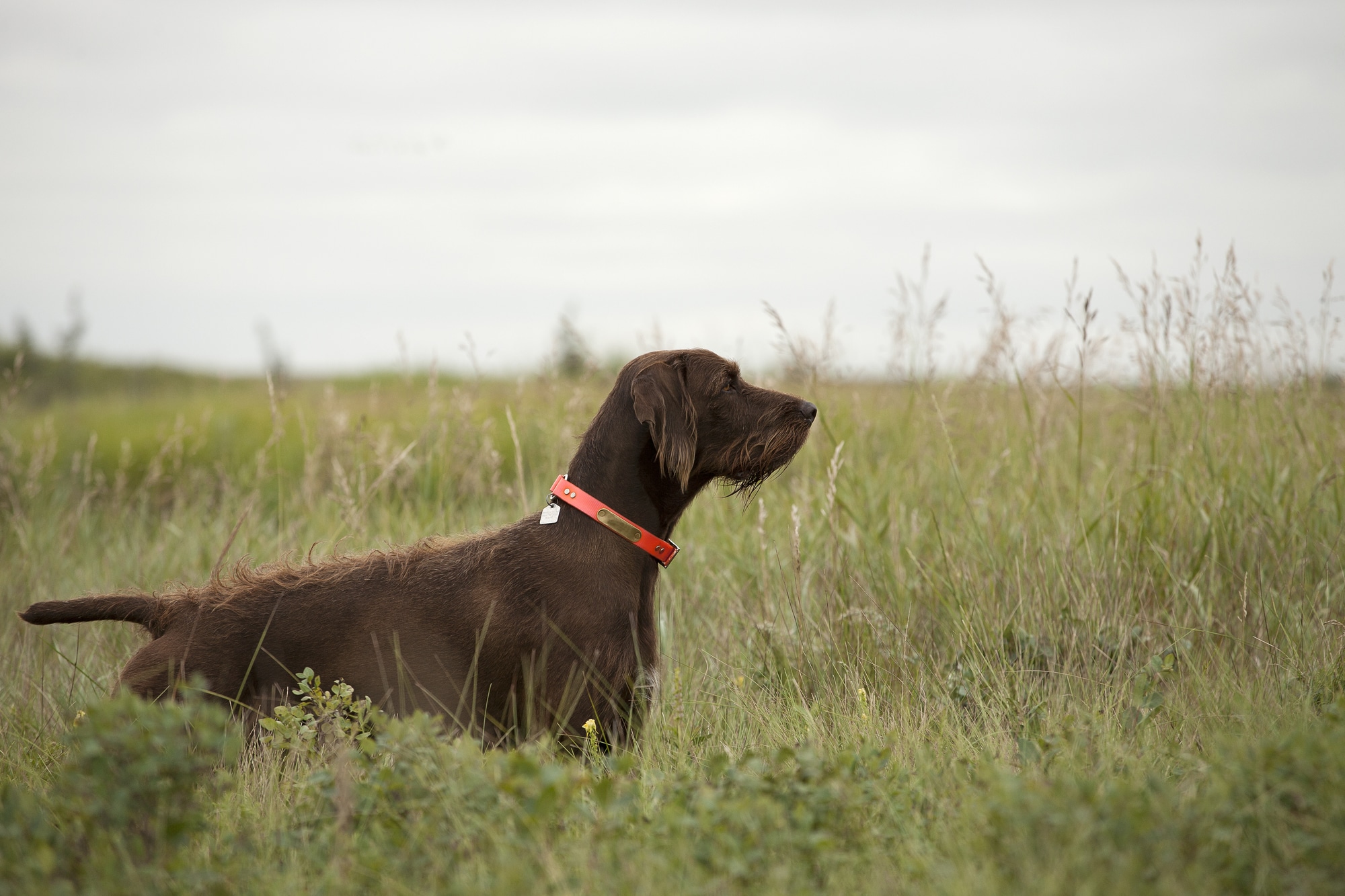
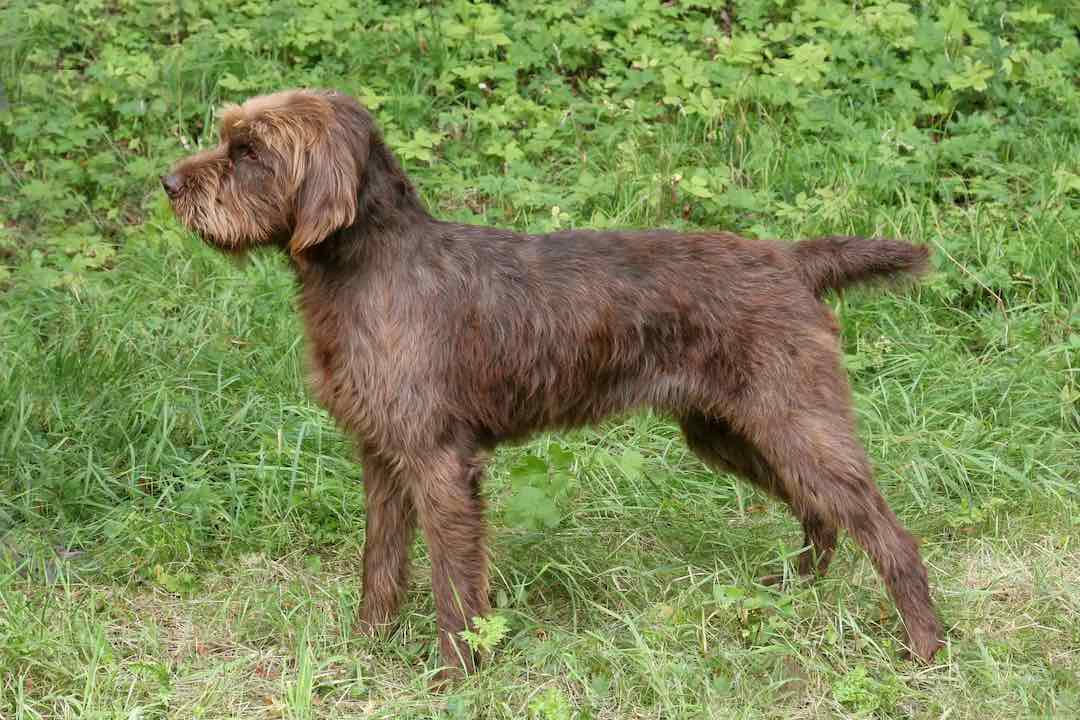
Temperament:
The pudelpointer is a cross between the Pointer and Poodle breeds. It is a versatile hunting dog and is considered a robust all-rounder. Breeders only sell this breed for hunting purposes.
Characteristics
The pudelpointer is a relatively large dog. It reaches a height at the withers of 55 to 68 centimeters and a weight of 20 to 30 kilograms.
The croup slopes down towards the tail. This forms a straight line with the croup.
The skull is flat and slightly rounded at the sides, the ears are medium-sized and close-fitting. They are rounded towards the tip.
The body is muscular with strong legs and a medium-length coat. It is very dense and wiry. It comes in brown, black and wheaten colors and is four to six centimeters long. A beard and a forelock are further typical features.
The pudelpointer is intended exclusively for hunting. For this reason, a docked tail is permitted by law.
It is a robust and enduring breed with no special requirements. Its weatherproof coat allows it to stay outdoors all year round.
The animals have strong nerves, are fearless and willing to work. They are considered intelligent, capable of learning, balanced and easy to handle.
The pudelpointer has a pronounced urge to move. It also has a strong need for activity and a pronounced hunting instinct.
He has the fine nose of the pointer. This makes it a good retrieving dog. The pudelpointer also likes to swim, so that it can be used well for duck hunting. In general, it is considered a versatile thoroughbred hunting dog.
We do not recommend keeping them in a kennel; the pudelpointer needs direct contact with its owner. It is also suitable as a guard dog for the house and yard and as a family dog.
First and foremost, however, it is predestined for hunting. All other activities are supplementary and take second place. With good care, the pudelpointer can easily reach an age of up to 15 years.
Coat care:
Shedding:
Energy level:
Trainability:
Children suitable:
The right food
When choosing food, make sure that it contains high-quality ingredients, is balanced and meets your dog's requirements. Age, size or weight, activity and health status play an important role. You should follow the manufacturer's recommendations for the amount of food.
Treats should only be fed in moderation and deducted from the basic diet to avoid obesity.
Puppies can be fed 4-6 times a day. The number of meals should be gradually reduced to 2 per day until the dog is fully grown. A rest period should be observed after meals.
Fresh drinking water should be available at all times.
Health & Care
The pudelpointer is generally a very robust and easy-care dog. It does not require any special care. Its dense coat makes it insensitive to the cold. Occasional brushing is sufficient.
The dogs' claws need a little more attention. Animals used for hunting usually move around on soft natural ground. Their claws therefore wear relatively little. They need to be trimmed regularly. This prevents them from breaking off and causing injuries.
You should check your dog's ears from time to time and clean them carefully if necessary.
Breeders usually only give pudelpointers to hunters. It needs a lot of activity and consistent training. He is also very active and has a great urge to move.
Long walks and dog sports are very important in non-hunting husbandry. The animals also need personal contact with their humans. Then they are good family dogs.
If they are mentally and physically underchallenged, however, behavioral problems quickly arise. Dominance problems are particularly common in such cases.
A pudelpointer is not suitable for keeping in a city apartment. It must be able to move actively outdoors every day.
Suitable accessories
As the pudelpointer is undemanding, it does not need many accessories. The basic equipment includes a lead and collar. These are available in plastic or leather. A longer lead of more than five meters gives the animals the necessary freedom of movement on walks and during training.
Bowls for food and water are also part of the basic equipment. They should be adapted to the size of the dog. A stand or rubberized bases prevent slipping.
A dog blanket, dog basket or dog bed is recommended for quiet hours at home. These should be made of washable material.
There are various items for hunting training, from dummies to food bags. It all depends on the individual training.
Dog toys and chews can supplement hunting training. They also serve to keep your dog occupied. In general, high quality should also be ensured here. A transport box is recommended for transportation. These are available in metal or plastic. It should be adapted to the size of the dog. Larger boxes with wheels are particularly practical.
You will also need tick tweezers, a brush or comb, dog shampoo, claw clippers, toothbrush and toothpaste for dogs and a first aid kit. It's best to ask your vet what should be in the first aid kit.
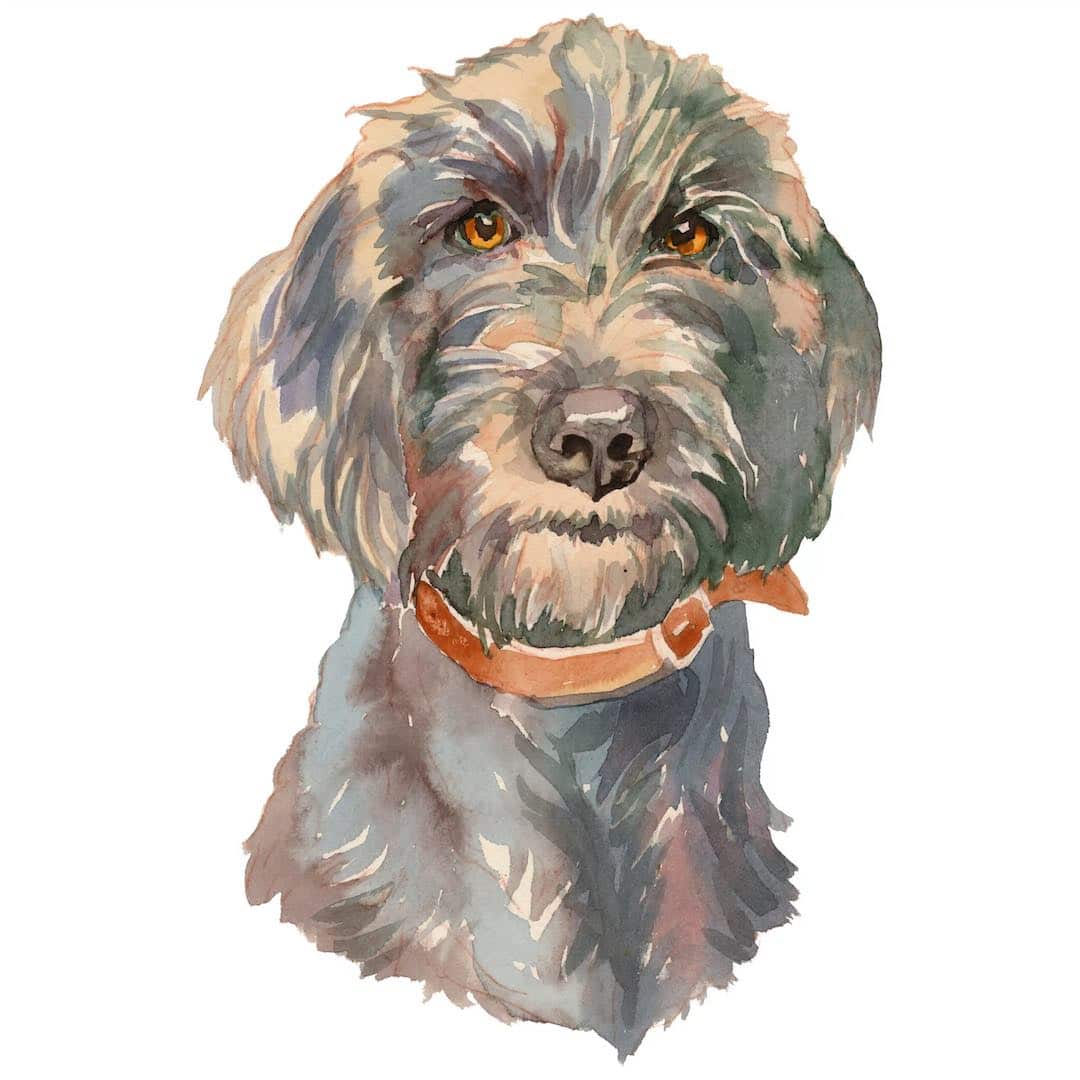
Origin & History
The pudelpointer is a cross between a large poodle and a pointer. It is a German dog breed.
The first specimens were the result of an unplanned mating of pointers and poodles around 1880. The resulting animals were characterized by outstanding hunting performance. They combined the intelligence and docility of the poodle with the hunting skills of the Pointer. Interest in these dogs was quickly aroused and systematic breeding began.
At the end of the 19th century, the "Verein für Pudelpointer" was founded in Darmstadt. It still successfully represents the breed today. Hardly more than 100 puppies are born each year.
The international canine organization officially recognizes the pudelpointer as a breed. It belongs to group 7 (pointing dogs). Within the pointing dog group, it belongs to section 1 (continental pointing dogs).
To this day, the focus of breeding is on the hunting management of the animals.
